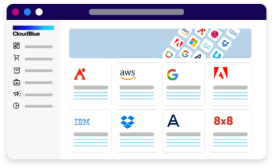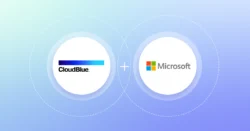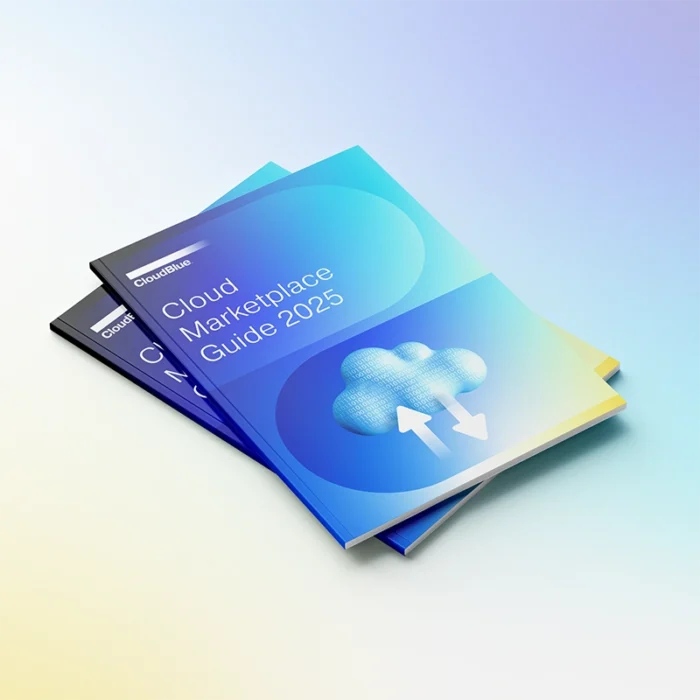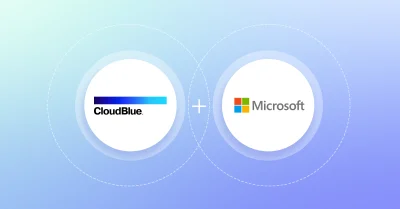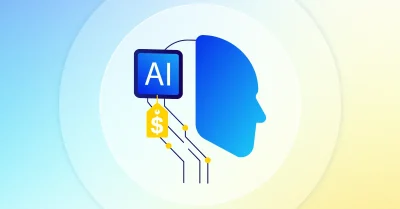Working in channel distribution can be complex. There are numerous recurring files involved, and there are even more complicated processes just to handle those files. Throw in different personas and tier partners – each with their own process – and the complexity increases in magnitude. Let’s look at a “simple” example.
A vendor sells 3 licenses to a distributor in the month of December at $10 each, for a billable total of $30. That distributor then sells one license to their end customer at $20, one license to a syndicating partner at $15, and one license to a channel reseller at $14.50. The vendor sends a file to the distributor for $30 – which allows the vendor, once paid, to settle their invoice with the distributor.
However, the distributor cannot just take the file and send it to their three partners – the file isn’t suitable or accurate for the parties that purchased the license.
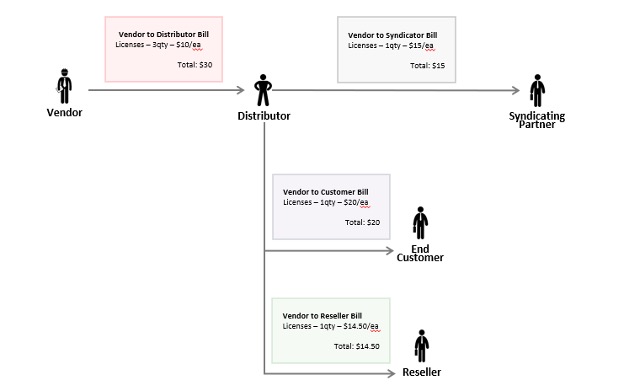
What’s the solution here? Well, to put it simply, the distributor must take the initial vendor billing file and procure three separate billing files for their own partners and customers. To make things more complex, each of these billing files requires changes and transformation so they represent the transaction between the two parties (with the correct logic and calculations applied).
Once those files are sent to the partners, they must reconcile and transform that billing file to a system compatible with their own – which may have its own format as well.
What’s more, the file itself normally contains hundreds, if not thousands or hundreds of thousands of records. Operational billing teams must thread these records carefully and ensure that any changes are error free and comply with the correct transformation logic. Depending on the size of the operation, this can be very resource intensive, ranging from a couple of days to even a few weeks to reconcile a month’s worth of billing information.
Billing information isn’t the only operation that suffers from this process. Other operational scenarios that require data transformation are – price lists, product information, subscriptions, etc. These are all processes in which the data must be massaged to be valid. All of which can be extremely time consuming, resource intensive, error prone, or all the above.
Here are some examples of data that can potentially be interpreted, mapped, or calculated differently downstream by each partner:
| Original Value | New Value (New Columns needed) |
| Column 1: Price without Tax Column 2: Tax | Column 3: Price with Tax |
| Column 1: MSRP Column 2: Margin % | Column 3: MSRP – Margin % |
| Column 1: Customer ID | Column 2: Customer First Name Column 3: Customer Last Name Column 4: Customer Phone Number |
| Column 1: Price in USD | Column 2: Price in EUR |
| Column 1: First + Last Name | Column 2: First Name Column 3: Last Name |
As you can see, data sent by one partner might have to be recalculated, reformatted, and/or transformed into a different set of data to be compatible with their respective operational systems and processes. These are critical to channel operations between vendors, distributors, and resellers. Here at CloudBlue we want to solve and simplify life for our partners by addressing this complex issue with our latest version of CloudBlue.
In CloudBlue V26, we are introducing a new module called Commerce that allows for ingestion and transformation of different data sets that can be sent downstream to different partners. This takes the heavy lift and burden off our channel partners.
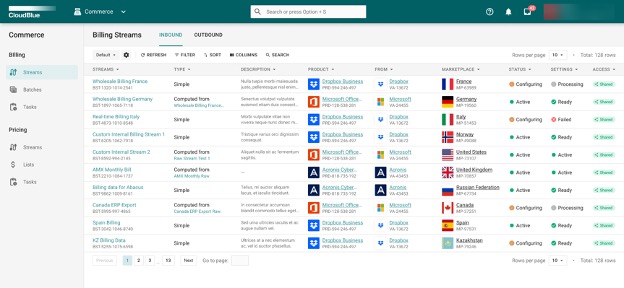
In this new module, users can create different “streams’ that can set up how the data is transformed – simple or computed from another data stream. Once the data streams have been set up, batches can be created where transformations, accumulators, and other configured specifications can be defined. When the batches are published, the downstream partners can receive the published batches specific to the product by marketplace to consume, or further transform for downstream partners.
By managing these processes within CloudBlue, the platform can take this complex, resource-intensive workload off our customers’ shoulders and simplify the end-to-end channel processes.
Once the data streams are configured, companies using CloudBlue can save time, eliminate errors, and localize their entire transformation operations in one location. In CloudBlue V26, we will introduce our initial streams and batch functions for billing operations. As we invest more in this capability, you will see additional and more extended capabilities, such as transformations, and handling pricing and reseller scenarios.
In addition to this feature, we are also introducing other features such as audit trail, additional Extensions-as-a-Service functionality, subscription management improvements, and much more.
As with all our previous releases, we aim to both solve the problems our customers face and push the platform forward to meet these challenges head-on. You can review our full CloudBlue V26 Release Notes here.
We’ll also be hosting a webinar on December 9th, 2022, to provide an overview and to highlight these latest features and changes in the platform.
Want to learn more? Register here.

